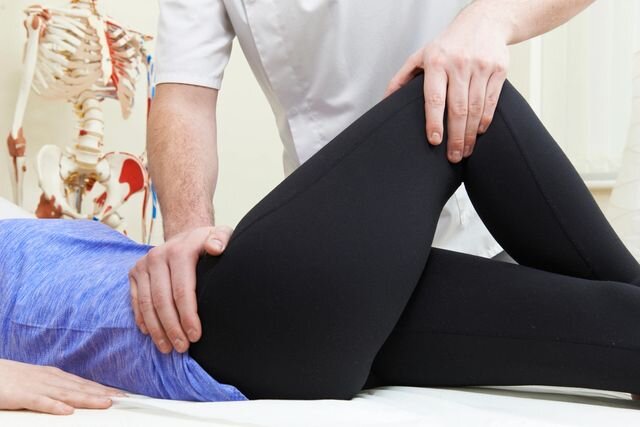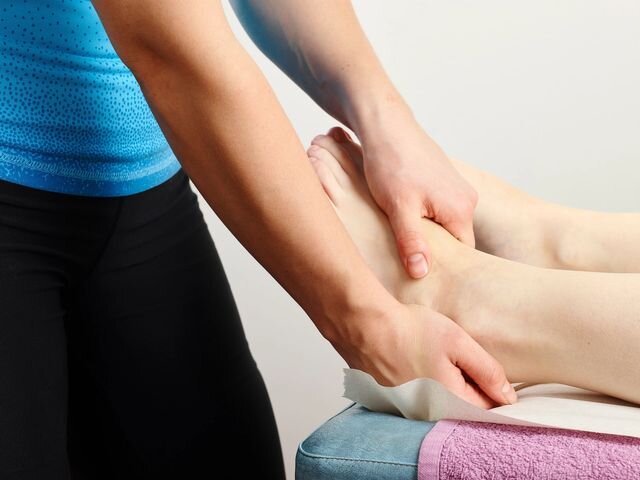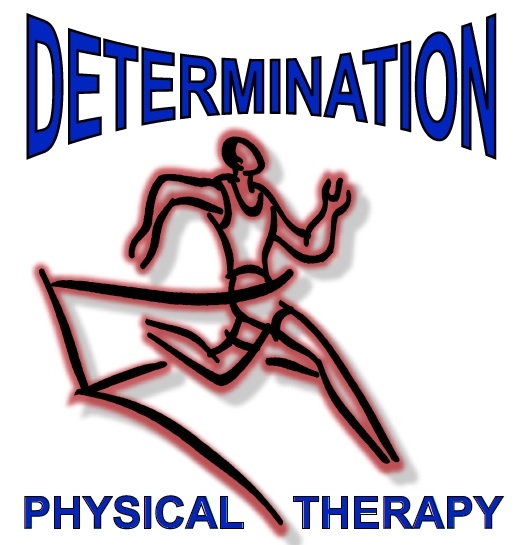Treating for a Variety of Physical Injuries and Conditions







The temporomandibular joints (TMJ) are the hinges located on either side of the face that connect the lower jaw to the skull. Each TMJ has two sections that permit the hinge and gliding actions needed to open the mouth widely. The joints work together with the facial bones and five pairs of muscles to allow opening and closing of the mouth and forward, backward, and side-to-side movements of the lower jaw. Any disturbance of this facial symphony can trigger TMJ dysfunctions: muscles and joints not working together correctly, causing muscle spasm, resulting in pain, muscle tenderness,difficulty chewing, clicking, locking, headaches, tinnitus(ringing/buzzing in ear). With these disturbances, arthritic changes can accelerate, muscles can tighten and the bite can feel off.
TMJ has many causative factors the more common of which are malocclusion or problems in the way the teeth fit together, a blow to the jaw or head, clenching or grinding of the teeth, arthritis of the jaw, poorly fitting dentures, yawning for prolonged periods with the mouth open too wide, recent dental work, accidents that damage facial bones or the jaw, extraction of teeth or missing back teeth, birth trauma due to delivery complications, and traction involving the head, jaws and neck.
Physical therapy is recommended for both myofascial pain as well as to increase range of motion. The joint is mobilized during manual therapy in order to establish normal translation and lateral movements. Deep manual therapy, postural correction, stim, heat and cold have also been found to be helpful.
